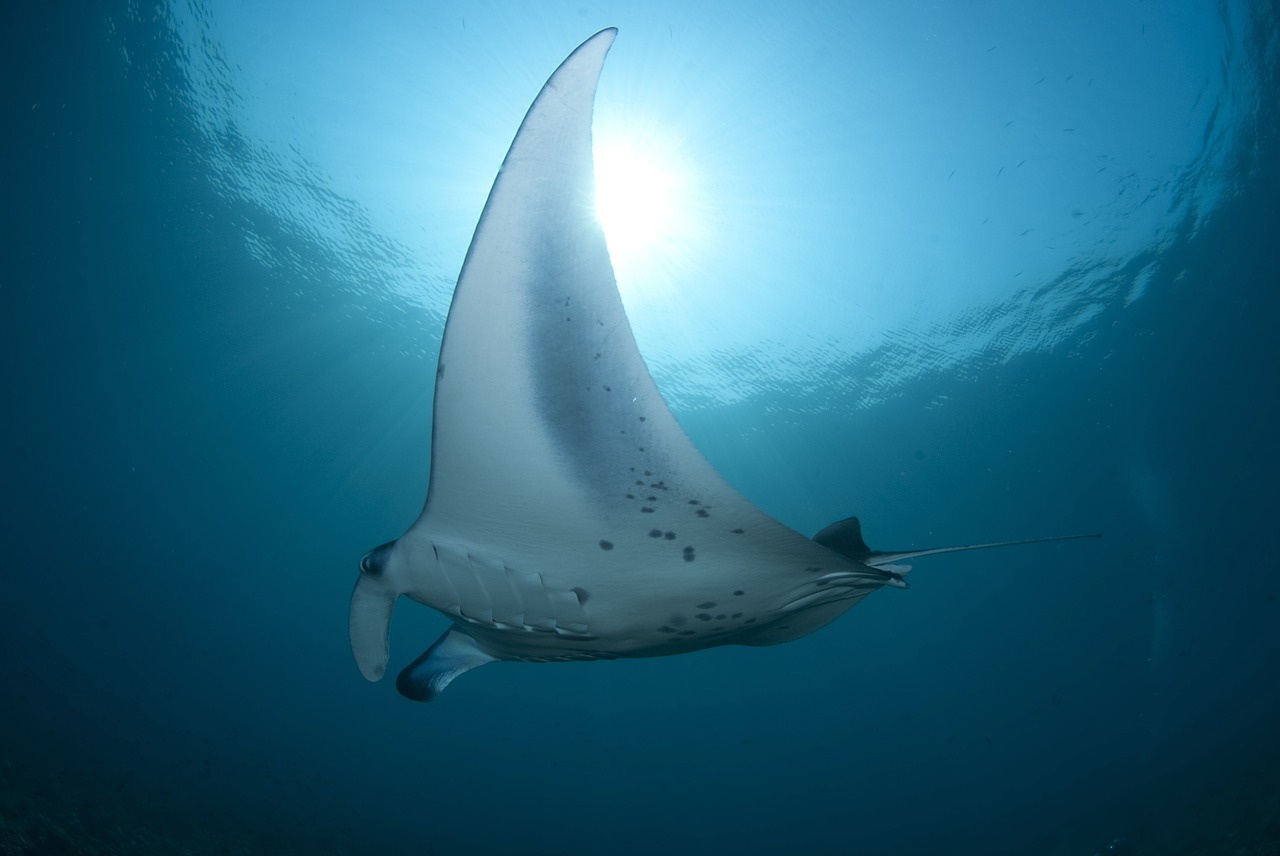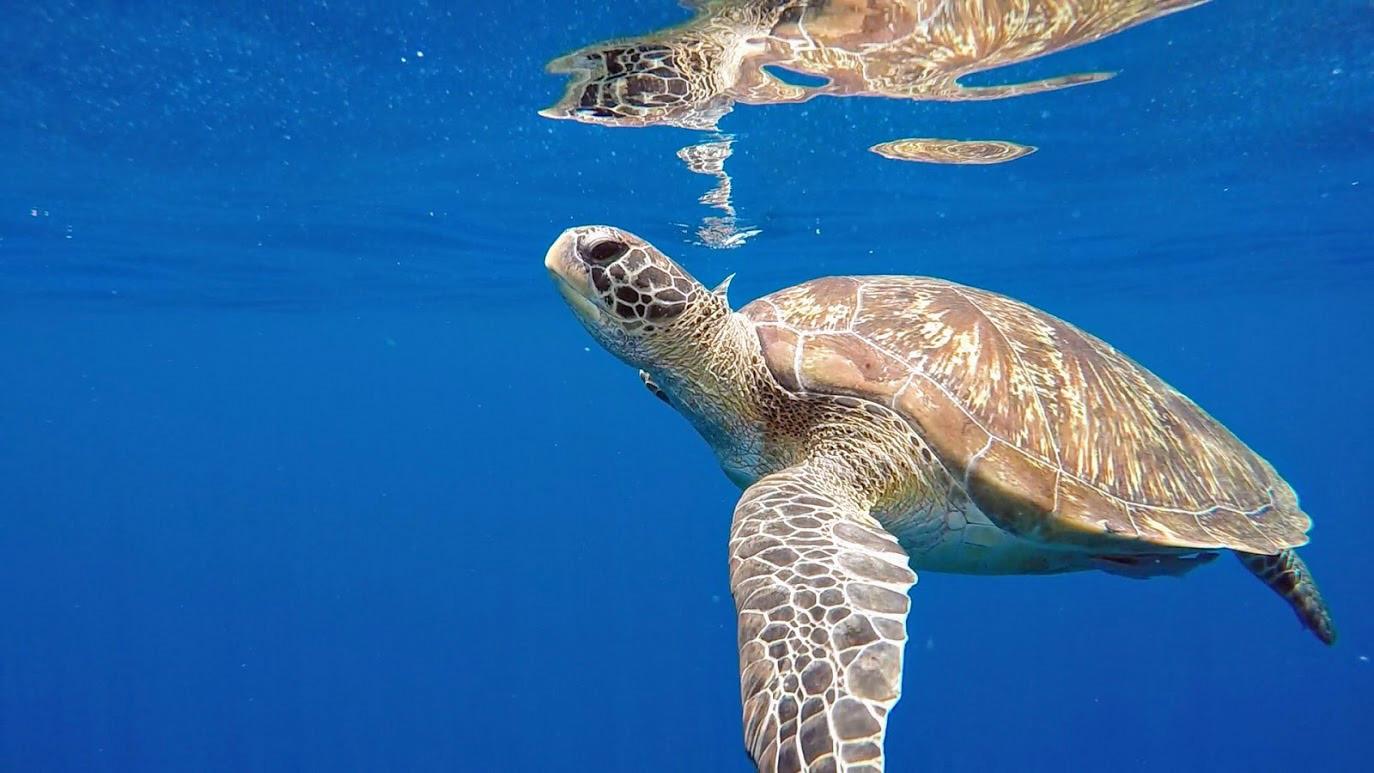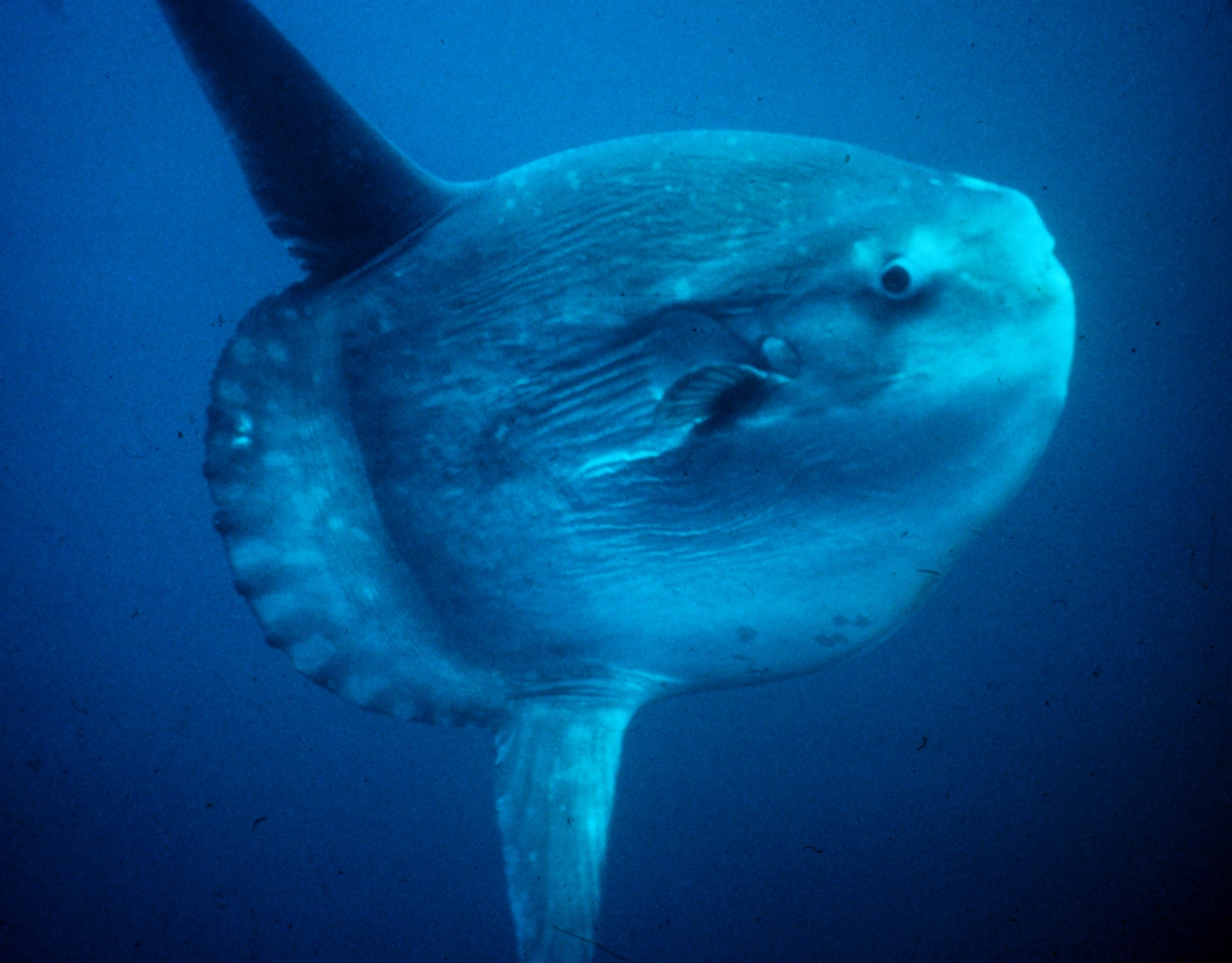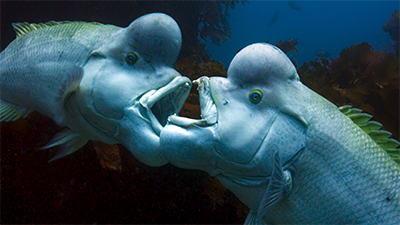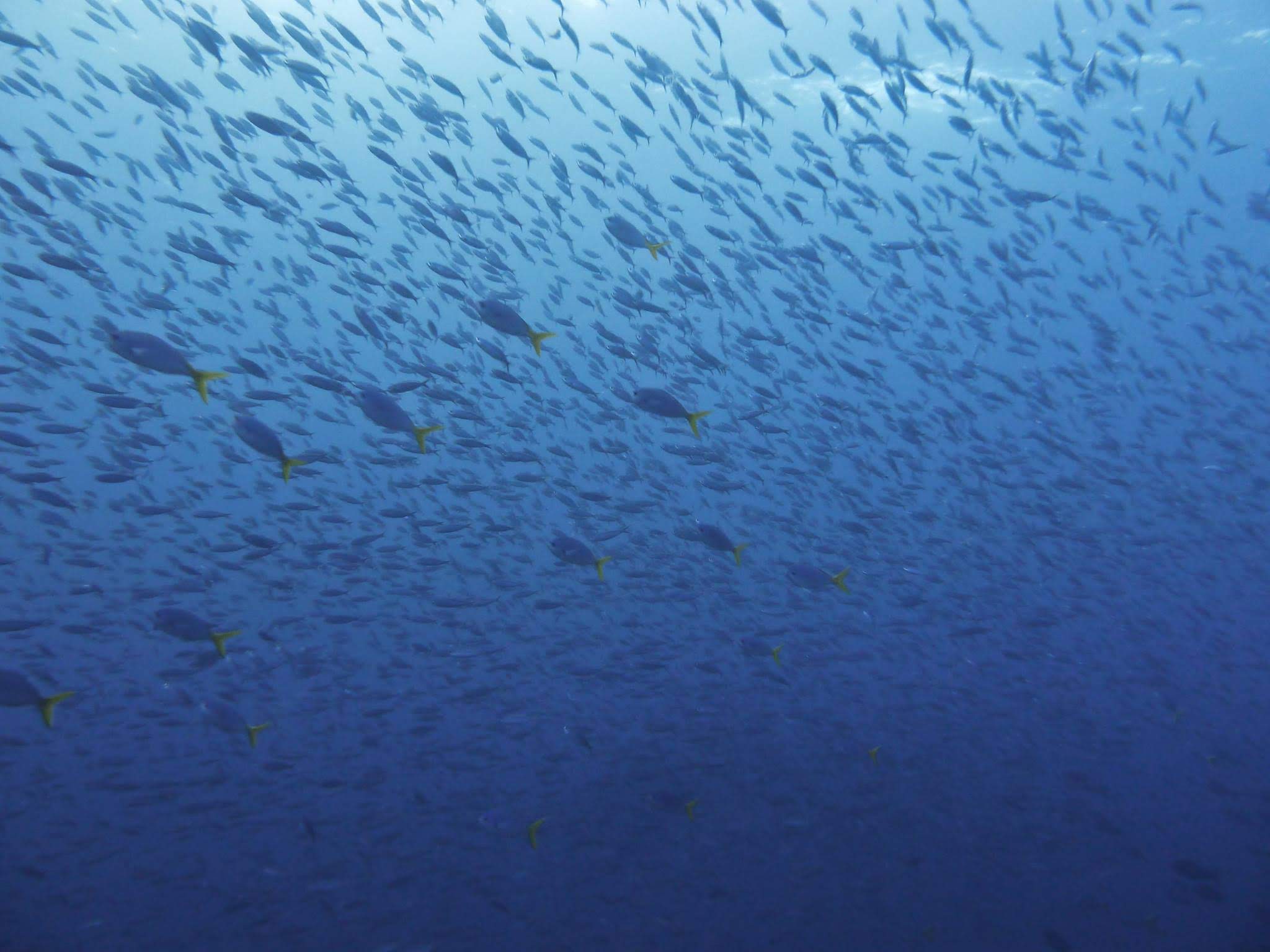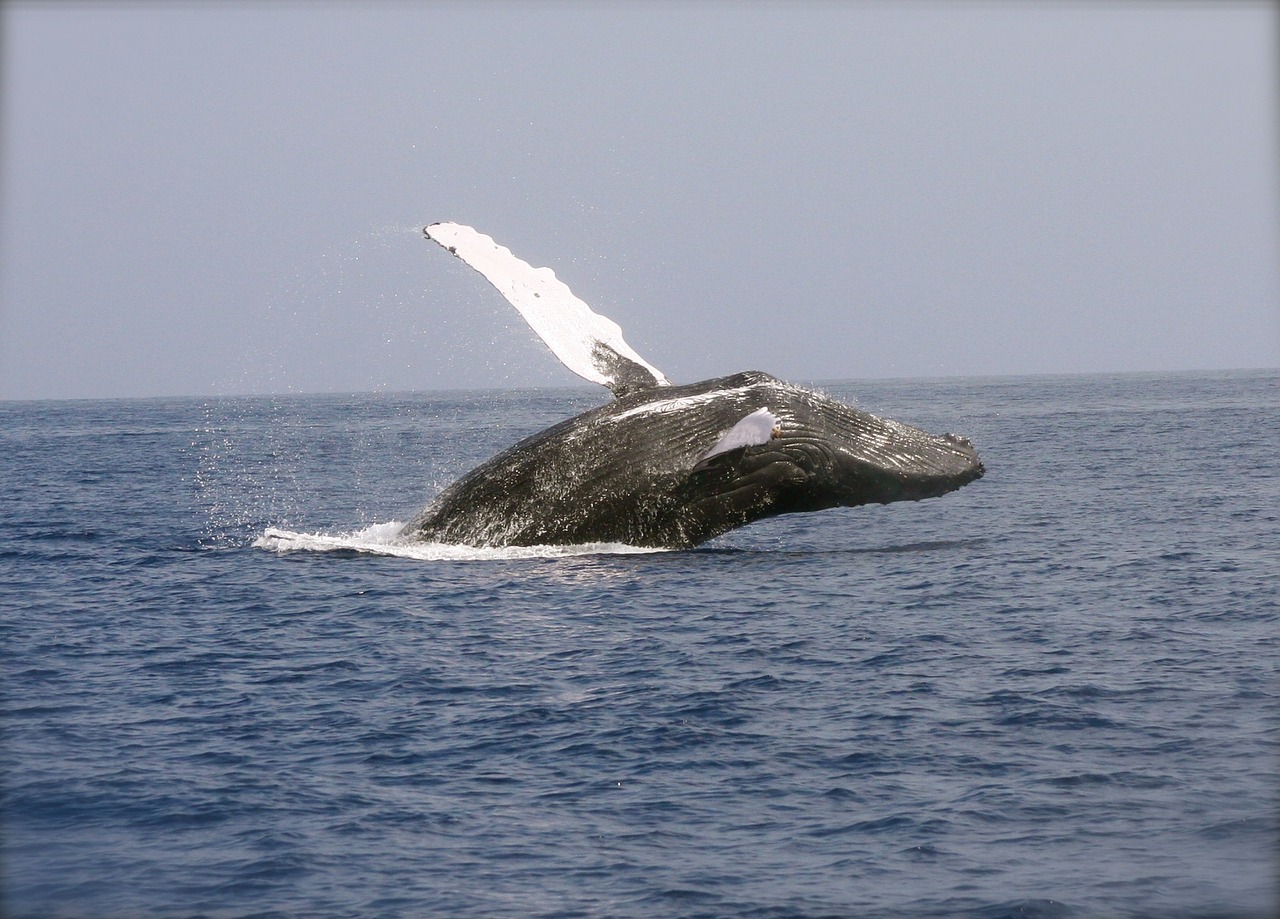Iconic Species
Japanese waters are home to many iconic and endemic species.
Here is a small selection.
The Asian sheepshead wrasse / Kobudai (Semicossyphus reticulatus) was made famous by a dedicated sequence in the film Oceans and, more recently in part one of BBC’s Blue Planet 2, which focused on the specie’s remarkable female to male transformation.
They can be easily be seen in Tōhoku between July and September on Sado Island (Niigata Pref.) and in Ryutoanjima/Yotsushima (Yamagata Pref.). It is also common in Chūbu’s Otomi and Ishikawa area (Toyama Prefecture) and on various Shikoku sites on the Seto Inland Sea.
The North Pacific giant octopus (Enteroctopus dofleini) is an iconic species found in Hokkaidō and northern Honshū (up to mid summer, especially on sites like Chūbu’s Namerikawa in Toyama Prefecture,)
Juveniles will usually avoid divers, but adult octopus are very curious, especially about divers with cameras sporting long strobe arms, which they will often try to pull away…
The smooth lumpfish/lumpsucker (Aptocyclus ventricosus) is cute (?) or at least quite odd-looking, and can be spotted, along with other small Cyclopteridae in the winter months in Hokkaidō, can is also spotted in the early summer months in Tōhoku, around the Oga Peninsula (Akita Pref.) and between January to March on Sado Island (Niigata Pref.) and in Namerikawa (in Chūbu’s Toyama Prefecture), in the months of January to February.
Another odd-looking lumpfish, Lethotremus awae, is often seen in winter at Iwa or Enoshima in Kantō’s Kanagawa Prefecture, and is a real favourite of Japanese divers.
The wrought-iron butterflyfish “Yūzen” (Chaetodon daedalma) is an emblematic fish, endemic to the Nanpō archipelago’s Izu and Ogasawara islands.
Another iconic species of the Nanpō archipelago is the red tail triggerfish (Xanthichthys mento)
The Japanese pigmy seahorse (Hippocampus japapigu) is a species recently identified (2018), found mostly Kantō Sagami Bay (Kanagawa Pref), Kansai’s Kushimoto and Kii Peninsula, Chūbu’s Osezaki and the Izu Peninsula, Kantō’s Izu Islands of Miyake and Hachijō, Chichijima and the Ogasawara Islands and Shikoku’s Kashiwa Island and Sukumo Bay.
Kyūshū’s Amami Ōshima (Kagoshima Pref.) is also a good place to observe the white-spotted puffer fish (Torquigener albomaculosus ), made famous by a sequence in the BBC’s Blue Planet series for crafting beautiful circular design in the sandy seabed.
Kyūshū’s Amami Ōshima is also famous for its large aggregations of Gilbert’s cardinal fish (Zoramia gilberti) found in large aggregations near coral reefs and sheltered lagoon bays.
Also in Kyūshū, the oddly shaped Japanese horseshoe crab (Tachypleus tridentatus), an endangered crab species, can be spotted in different areas, especially on Koi-no-ura island (Fukuoka Pref.).
It has blue blood, and it does somewhat look like something out of Ridley Scott’s Alien movie franchise…
Clownfish (Nemo’s…) are popular, in Japan and elsewhere, and 6 types are found in Japanese waters: Clark’s anemonefish (Amphiprion clarkii) the tomato clownfish (Amphiprion frenatus), the clown anemonefish (Amphiprion ocellaris), pink skunk clownfish (Amphiprion perideraion), the yellow clownfish (Amphiprion sandaracinos) and the saddleback clownfish (Amphiprion polymnus).
Japan is also famous for its endemic giant salamanders, which can be observed during (very) freshwater snorkeling sessions organised from the Chūbu and Kansai regions of the main island of Honshū.
Chūbu’s landlocked Gifu Prefecture might not be the obvious choice for a dive trip, and yet it is one of the best places to observe Japan’s endemic giant salamander (Andrias japonicus), that grow up to an impressive size of 1.5 m.
The best place to see them is in the freezing (find a drysuit!!!) mountain rivers of Gifu especially during breeding season, when the males are guarding the nests.
Koza River, in Kansai’s Wakayama Prefecture, is another good place to observe Japan’s endemic giant salamander (Andrias japonicus), which can grow to an impressive 1.5 m in size. It is best to aim for mating season, when the males are guarding the nests.
Another spot to see the salamanders is in Kyōto’s Kumogahata / Kamogawa river, during freshwater snorkelling trips.
[CULTURAL NOTE ON JAPAN'S ICONIC SPECIES]
On a more local scale, other emblematic/iconic species highly appreciated by Japanese divers include most “cute” or odd/grotesque looking fish (fish with big eyes, round shapes, exaggerated features, clumsy in their movements), juveniles, small-sized/tiny species and, importantly colourful fish and endemic species/local variations of well known species, including common reef fish (butterfly, angel, damsel, clownfish, anthias, wrasses) and gobies, blennies and nudibranchs.
Japanese divers are often quite interested in local, endemic species, mirroring the way Japanese domestic and even international tourism tends to have a strong fixation on localism (including local food delights, some of which can only be sold locally, called products labelled chihō gentei 地方限定 in Japanese).
A good example of such an iconic endemic local species would be the Yuzen, or Wrought-iron butterflyfish (Chaetodon daedalma) endemic to the Nanpō Archipelago’s Izu and Ogasawara/Bonin islands.
This interest in the local delights of iconic endemic species, which is shared with many non-Japanese divers, does however extend to species that are less popular outside Japan, including smaller reef fish such as damsels and anthias, butterflyfish and angelfish, or gobies and blennies, that delight divers and UW photographers with their distinctive patterns, shapes and particularly colours, but that are more of a specialist interest outside Japan.
Colours and patterns are especially important in Japan, as a quick glance at the production of renowned Japanese underwater photographers illustrates very well.
When we were working on Thailand’s Andaman Sea, Japanese guests would be strongly interested in fish similar to what they had back how, yet differing slightly in their features.
Same-same, but different, as the local saying goes…
More info on Japanese diving culture and specific interests here.

